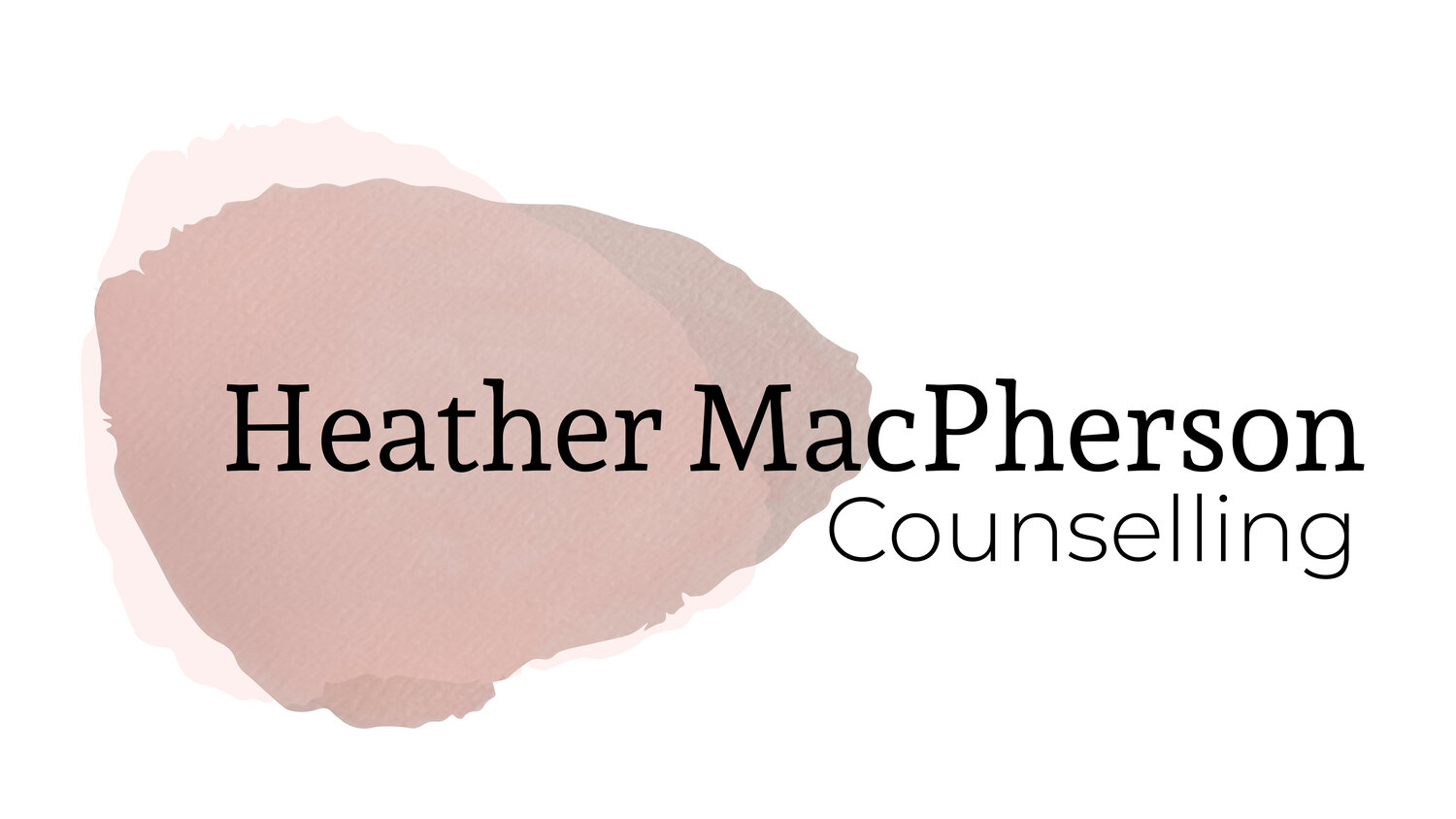
Obsessive Compulsive Disorder
Obsessive compulsive tendencies can feel like they are taking over our lives. While similar in origin and in treatment, OCD presents itself in ways or themes that are too numerous to name here. Some individuals feel the need to perform certain actions (handwashing, checking things, walking a certain way, pulling out hair etc.) to alleviate anxiety or other uncomfortable feelings/emotions. Others have a difficult time stopping racing thoughts and may perseverate over and over about certain subjects, worries, anxieties or ideas. Others may see images that scare them or have persistent fears of harm. Still others may focus on somatic experiences, not being able to stop themselves from being upset by noticing every blink or breath. Most often, people perform a compulsion (action) to (temporarily) reduce anxiety related to an OCD trigger or obsession. No matter that subcategory of OCD, the treatment is often similar. To relieve initial anxiety – don’t worry! You are NOT the only one and I am very very likely to know what can help to treat your specific kind of OCD.
In the context of a safe, respectful, and compassionate therapeutic relationship, I work with clients to explore avenues that can be helpful in overcoming OCD. Learning new ways of thinking (CBT) combined with exposure-response prevention (ERP), whereby an individual is exposed to a (slight) trigger, but refrains from performing the compulsion in a safe and supportive environment is often a very helpful approach to treating OCD. Sometimes therapy can be greatly augmented by certain medications that have been shown to reduce the number and intensity of thoughts/obsessions. A combination of what works best for each client can result in OCD being treated relatively more quickly than other difficulties.
